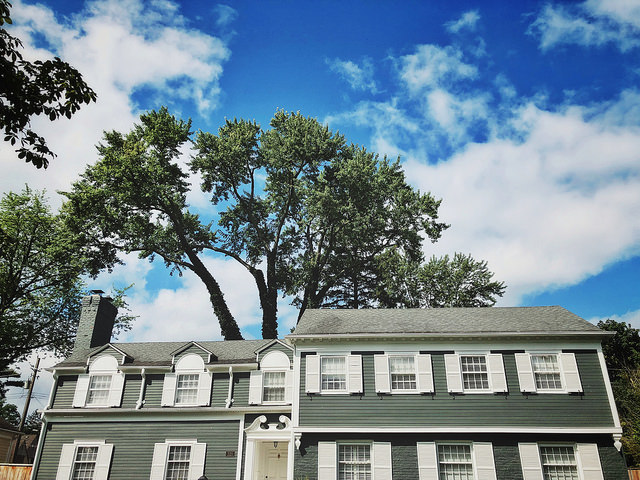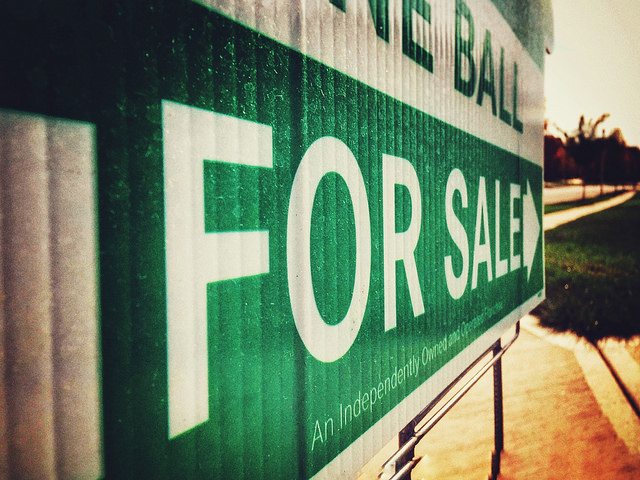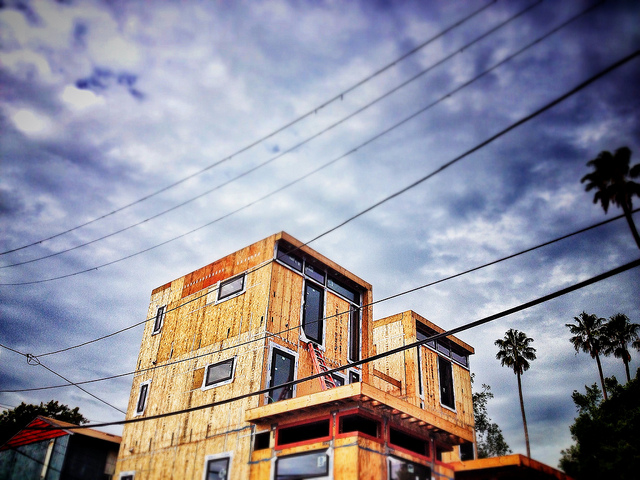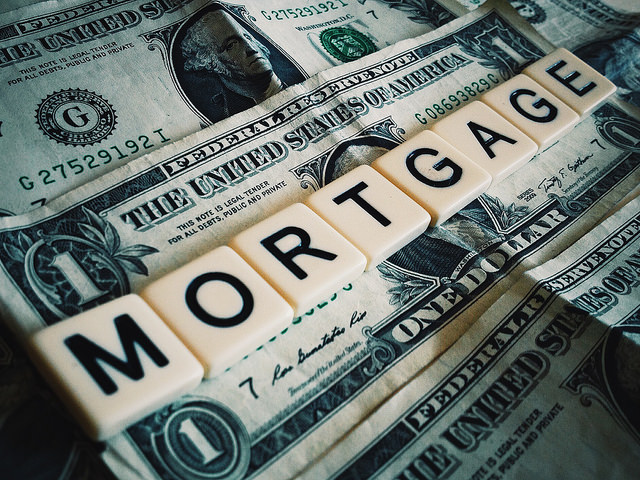After the market crashed, there was a period of time when foreclosed properties were plentiful and savvy buyers and real estate investors seized on the opportunity to get a good house at a bargain price. Naturally, as time went on, the economy improved, foreclosed properties were purchased, and the ability to find a significantly discounted house became more difficult. But that doesn’t mean there aren’t still foreclosures available for the buyer or investor that wants to seek them out. In fact, according to a recent report, the foreclosure market is hot and there are a number of places around the country that have repossessed homes for sale at a good price. For example, the top foreclosure markets right now are found in New Jersey, Maryland, Nevada, Delaware, Illinois, South Carolina, and Connecticut. Those states have the highest number of available foreclosures. But that doesn’t mean they necessarily have the best deals. That’s why the report separates volume and profitability. In Chicago, Philadelphia, Cleveland, Miami, and Houston, according to the report, buyers have the greatest possibility of finding a foreclosure at a price that puts them in a position to profit off their purchase. More here.













